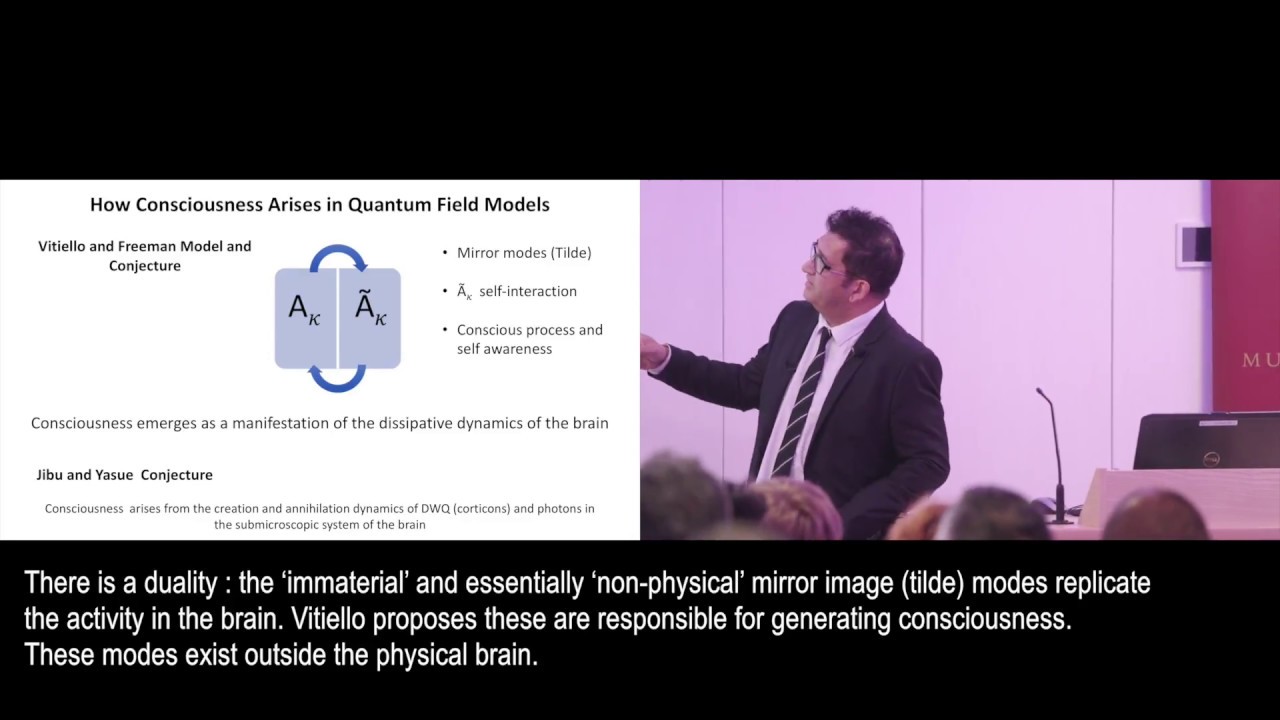TDF
The works of English novelist Jane Austen continue to endure more than 200 years after her death. The entertaining documentary Jane Austen: Behind Closed Doors exposes the touchstones that shaped her works and her life.
Much like the thematic elements of her best-loved novels, Austenќs journey was paved by issues related to money, family and inheritance. Much of the evidence of her history can still be found across the English countryside today, including the residences where she visited and called home. In large part, the film serves as an elegant tour guide through some of these historical spots.
Austen spent more than half of her life in the home in which she was born. Located in the village of Steventon, the home was shared by her parents, sister and six brothers. It was a crowded house that Austen’s father managed to keep up with limited financial means. The home no longer exists, though detailed blueprints allow the filmmakers to reimagine its construction.
Then there’s Stoneleigh Abbey, a stately mansion upon which Austen visited in the early 1800’s. It was here where she gained a view of how the other half lived. During her time there, she made note of the property’s ornate furnishings and living quarters, and the manners and topics of conversation of its inhabitants.
A visit to the nearby Ashe Rectory reveals the areas where she would socialize with friends and indulge in her love of playing the piano. We’re also treated to inside tours of the landmarks where her life and work evolved, including the publishing house where she negotiated the rights to Emma, Mansfield Park and Sense and Sensibility. These locations run the gamut between the extravagant and the nearly destitute, and they speak to the great insights and contrasts contained in her work.
Austen aficionados will delight at the glimpses of the desk where she wrote, the wooden box where she stored drafts of her beloved novels, and the idyllic gardens where she would take walks and contemplate her fiction.
Jane Austen: Behind Closed Doors lovingly captures a series of locations that helped to shape Austen as both an individual and an artist. It’s a unique and revealing biographical approach.



